“Can a replica surpass the original?” asks Charlotte Lockwood (Elva Trill) in one of her video diaries in Jurassic World Dominion. It is perhaps entirely foreseeable that Dominion fails to make a compelling argument for a clone surpassing an iconic original.
For much of Hollywood’s history, sequels were seen as something dirty and grimy. They always existed, but Hollywood treated them as something to be exploited and discarded. Dracula begot Dracula’s Daughter and Son of Dracula. The Wolf Man led to a series of appearances from Frankenstein Meets the Wolf Man to Abbott and Costello Meet Frankenstein. Planet of the Apes spanned four sequels in four years, between 1970 and 1973, each cheaper than or costing the same as the last.
While there were artistic triumphs like Bride of Frankenstein, the goal was to make as much money as quickly as possible. The hope was that studios could slash budgets quicker than audiences would lose interest and still come out on top. When Steven Spielberg’s Jaws broke box office records, Universal was quick to ask him to make a sequel. Spielberg was almost insulted by the request, stating that “making a sequel to anything is just a cheap carny trick.” He didn’t bother responding.
Hollywood stopped being ashamed of sequels during the 1970s. Francis Ford Coppola would boast about being the first American director to put “Part II” in the title of a movie, fighting Paramount over the naming convention of the sequel to The Godfather. It would go on to become the first sequel to win the Best Picture Oscar. It inspired a wave of imitators in Hollywood, from French Connection II to Exorcist II: The Heretic. Jaws 2 may have been the first Hollywood sequel with a numeral in the title.
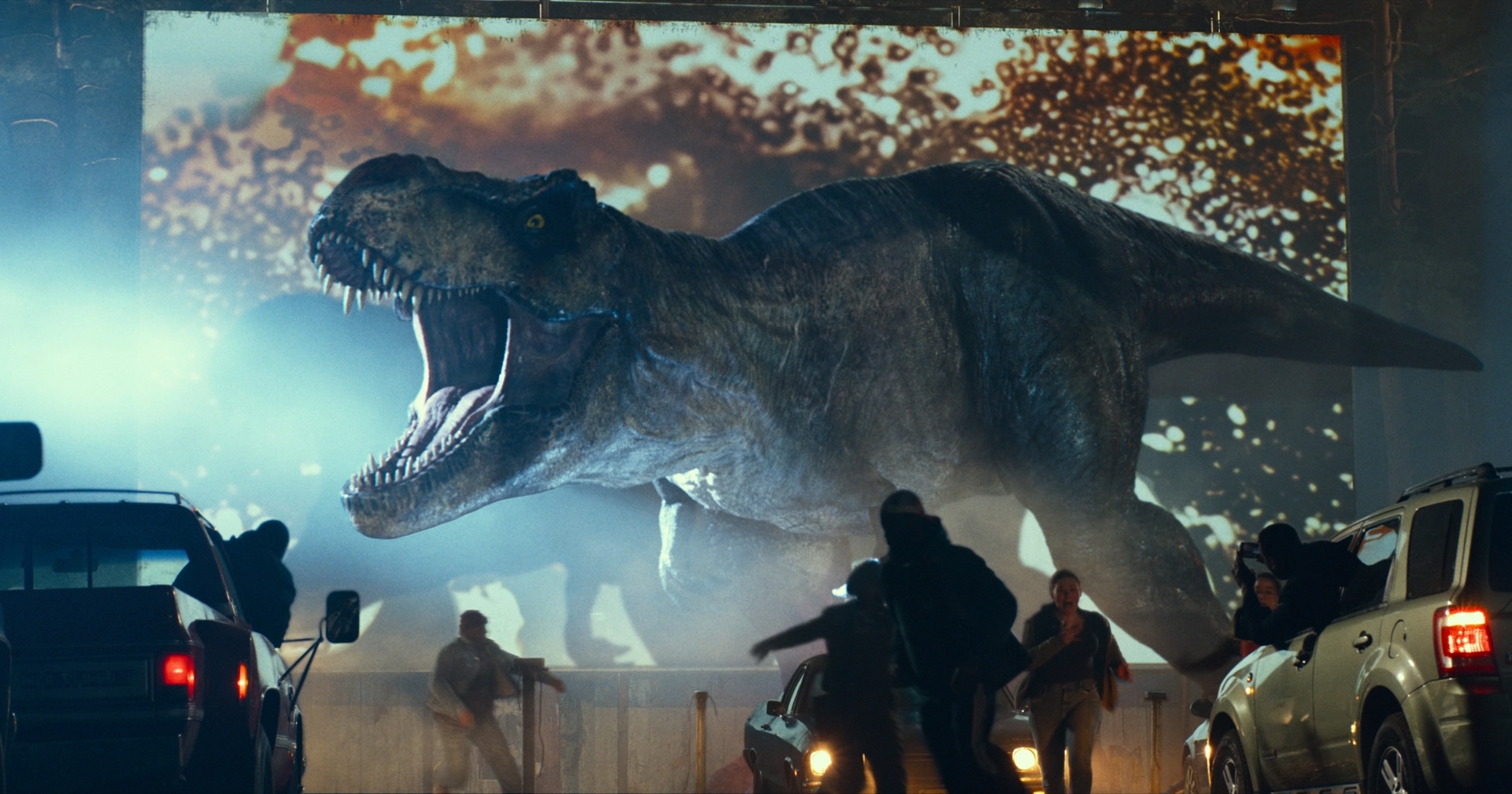
Then The Empire Strikes Back changed everything. Sequels became big business. While he had turned his nose up at Jaws 2, Spielberg would later admit that he regretted letting “a franchise go” and directed sequels to both Raiders of the Lost Ark and Jurassic Park. More than that, it became more common for sequels to compete with and even surpass the original in terms of quality. Films like Bride of Frankenstein or The Godfather Part II felt less like unicorns.
Consider movies like The Empire Strikes Back, Evil Dead II: Dead by Dawn, Aliens, The Color of Money, The Silence of the Lambs, Terminator 2: Judgment Day, Addams Family Values, Bill & Ted’s Bogus Journey, Desperado, Spider-Man 2, X2: X-Men United, The Dark Knight, Mad Max: Fury Road, and Logan. Taste differs and mileage varies, and it is possible to debate what exactly does and doesn’t constitute a sequel. However, all of those films are at least comparable in quality to the films that preceded them.
There are great sequels that are currently being made. Taika Waititi’s Thor: Ragnarok is probably the best film in that trilogy. Even more recently, many audience members and critics would argue that Top Gun: Maverick is a superior film to the original. However, these sorts of films feel like the exception rather than the rule. At a time when the major Hollywood studios seem to be producing more sequels than ever, at least in terms of percentage of theatrical output, that’s unsettling.
Jurassic World Dominion is a soulless and lifeless husk of a film. However, it is more unsettling for the fact that it is not an outlier. Most of the problems with Dominion are not unique to Dominion, but instead reflect larger cultural forces at play within modern franchise filmmaking. Dominion is terrible for many of the same reasons that films like Terminator: Genisys, The Rise of Skywalker, Joss Whedon’s Justice League, and even Jurassic World were terrible.
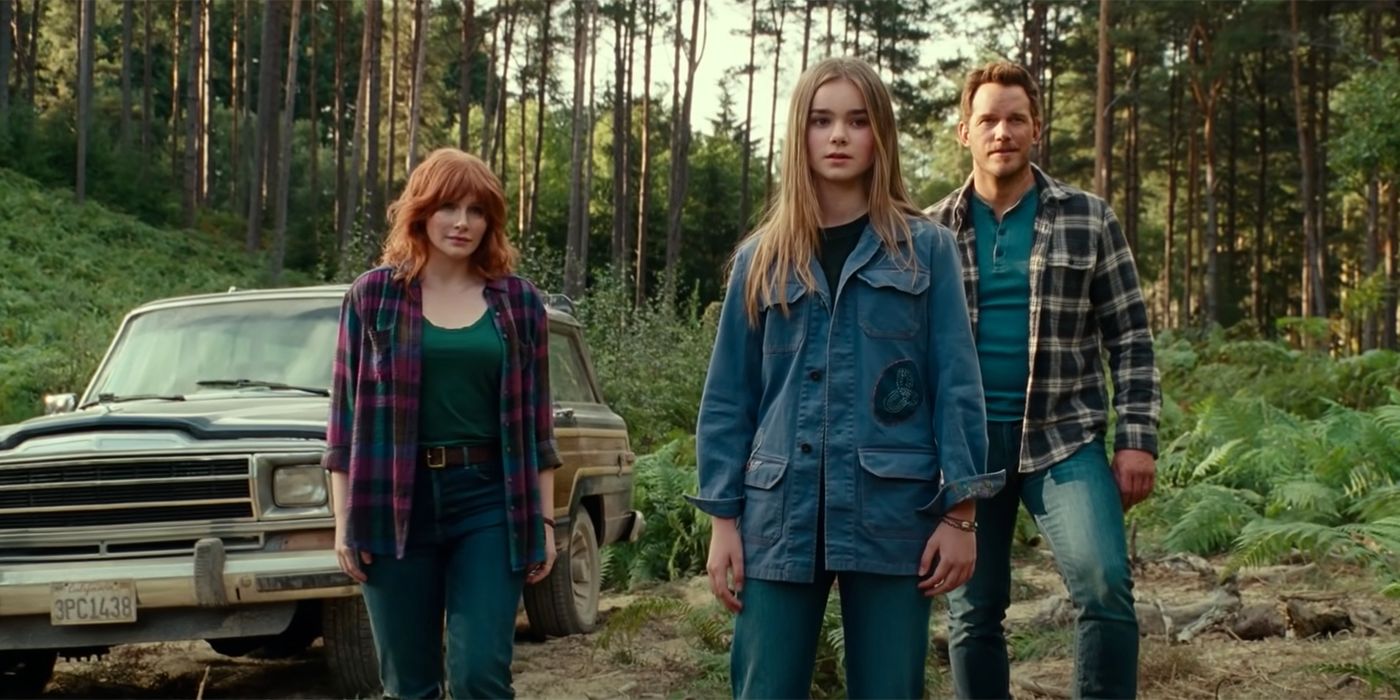
There are a lot of very obvious and very stupid problems with Dominion. The most obvious is the fact that the film takes its cues from just about any other major modern blockbuster franchise, from the Fast & Furious films to the Bourne series to the Taken trilogy. The film doesn’t have a plot so much as it has the scrambled phone recording of a drunken game of Mad Libs referencing familiar elements from other Jurassic movies and the films that the producers assume kids love right now.
To be fair, Jurassic World Dominion also includes a lot of its own uniquely stupid ideas, including “what if Taken… but with a velociraptor?” and “laser-guided dinosaurs.” However, the film is structured in such a way that even these awful concepts are quickly brushed aside in the eager pursuit of more: more action, more spectacle, more nostalgia, more spinoff opportunities, more toys, more GIF-able moments, more memetic quotes, more callbacks, more allusions to moments from the good film in the series.
In truth, like so many modern sequels, Dominion is held together by little more than the fast-fading memory of a much better film. In place of actual scenes between actual characters with actual emotional resonance, there are brief allusions to such sequences from earlier movies. Jurassic Park introduced Alan Grant (Sam Neill) and Ellie Sattler (Laura Dern) in a scene at a dig. Dominion reintroduces them to each other in a rushed invocation of that sequence.
The early scenes with Grant and Sattler in Jurassic Park tell the audience so much about who these characters are and what they want. There’s a beautiful interaction between Grant and a rude kid (Whit Hertford) at the dig that not only tells the audience a lot about who Grant is, but also serves as a key to the tension between Grant and Sattler. She wants children, and he does not. It’s an efficient piece of storytelling because it sets up his arc and their relationship for the rest of the film.
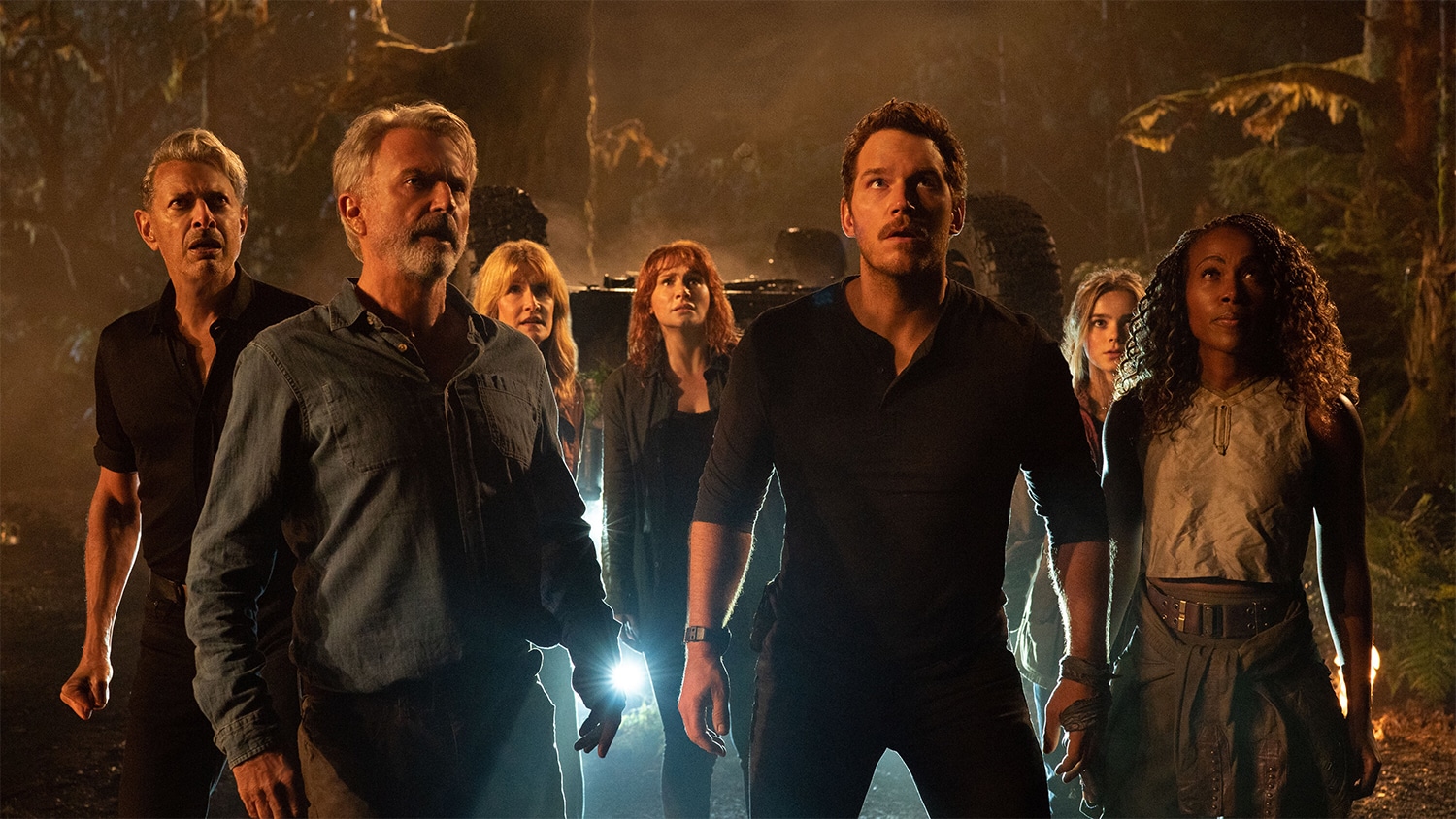
In contrast, the early scenes with Grant in Dominion are so vacant as to seem almost impressionistic. Grant is still digging. He’s monologuing again, but the film isn’t interested in what he’s actually saying. As in Jurassic Park, a helicopter arrives and blows sand over the bones. Grant reunites with Sattler in the tent. The film makes it clear that he still loves her, and that she is divorced having raised the kids he would not give her. It’s exposition, but it is not character or arc or theme.
Indeed, from a narrative point of view, there is no reason why Grant and Sattler cannot get back together at that literal moment. They clearly still like each other. There are no more obstacles between them; she has had her children and is divorced, and he can be her lover without having to become a father. However, Grant and Sattler instead have to wait until after the movie’s climax to kiss, for no real character or narrative logic beyond the fact that that’s when they should kiss.
This is indicative of the plotting and logic of Jurassic World Dominion. Imagery from the original Jurassic Park is treated as sacred, like blood trapped in amber. Dominion brings back the character of Dodgson, who appeared in a single scene of Jurassic Park, where the joke was that “nobody cares” about who he is. On some level, Dominion understands this, recasting the role from convicted sex offender Cameron Thor to Campbell Scott. Dominion doesn’t care about the meaning of the imagery it pilfers, just the familiarity.
Objects like Grant’s hat are treated like holy relics, even though that feels like more of an Indiana Jones thing. This extends to completely misunderstanding how Jurassic Park used those same objects. The can of shaving foam that Dodgson gave Nedry (Wayne Knight) in Jurassic Park is treated as a historical artifact in Dodgson’s study, ignoring the central point of its final appearance in the original film, where it was lost in pools of mud as a reminder of the folly of man’s plans.
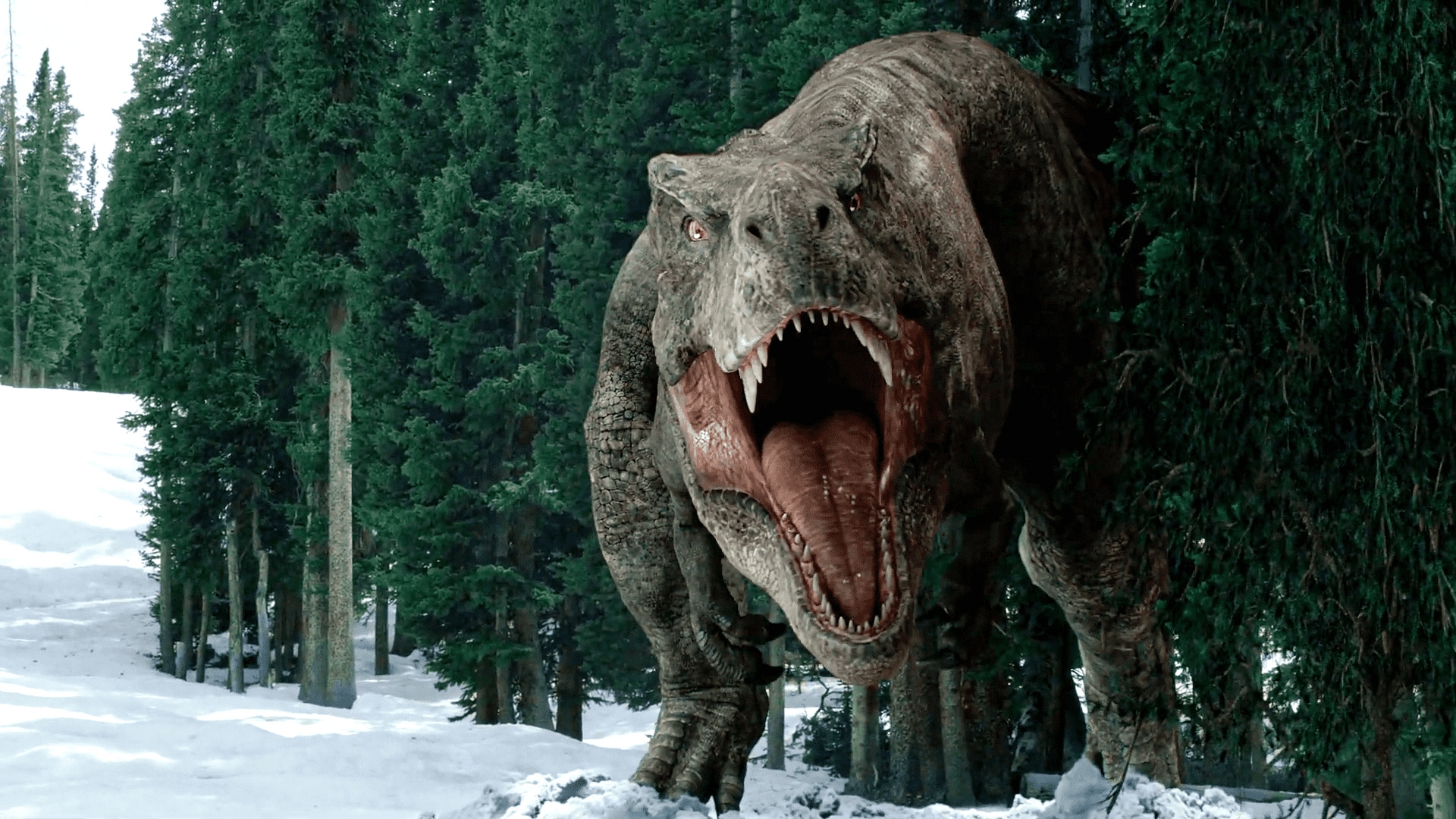
This is the increasing horror of modern franchise filmmaking, where even irreverent films like Ghostbusters are treated as sacred texts in a way that demonstrates how little their supposedly faithful sequels were actually paying attention. It’s similar to the reclaiming of loudly hated cultural objects like the Amazing Spider-Man movies, where the question of what something actually means is less important than asserting ownership of it. Jurassic Park really was incredibly prescient.
To tie it all back to the debate about the merits of sequels, and the long road that these films took towards artistic credibility, it’s worth pausing to acknowledge the fundamental issue with so much modern franchise filmmaking. Many of the best sequels are built around the hope and challenge of surpassing what came before, of meaningfully engaging with the original film and finding a way to develop or respond to that.
What’s the point in making a sequel that doesn’t try to at least match, if not surpass, the original? What purpose is served if the best that a modern franchise film can do is tickle the nostalgia receptors of the audience and remind them of a much better film that they could watch instead? Coppola was convinced to make The Godfather Part II to rise to the “challenge” of making a sequel worthy of the original, rather than one that would exist in its shadow.
Jurassic World Dominion offers a snapshot of a world heading towards extinction. If this is the default model for modern franchise storytelling, then maybe extinction isn’t such a bad idea.

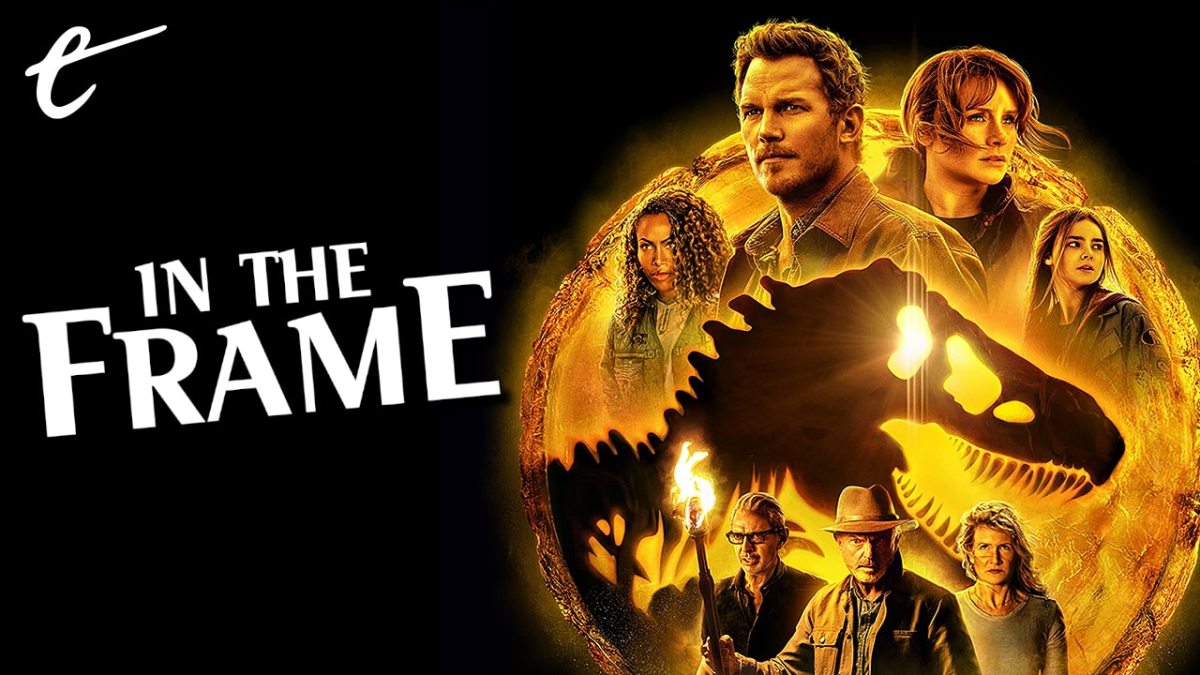




Published: Jun 10, 2022 11:00 am